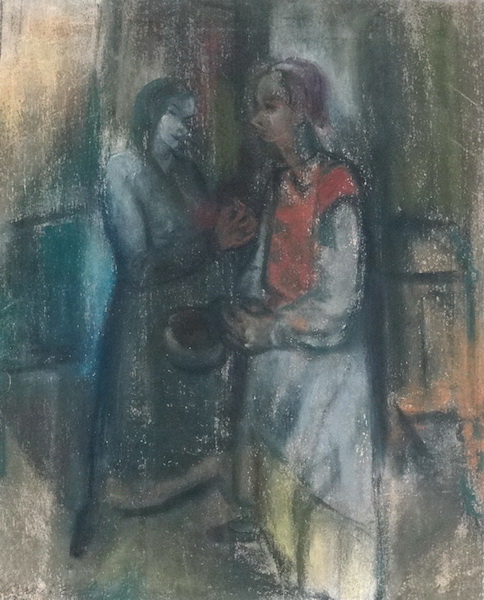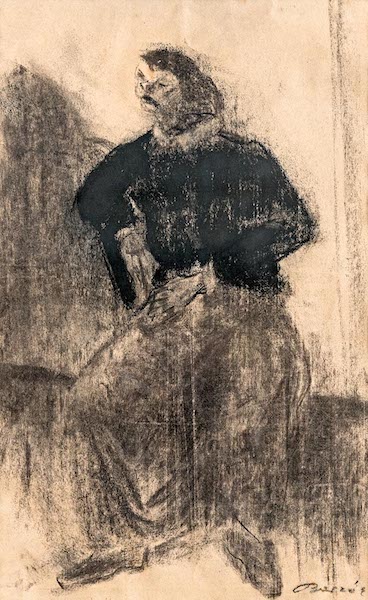Biography
At the Academy of Fine Arts, he was a student of Imre Révész, who passed on the Munkácsy traditions. He also visited Nagybánya in 1918 as a third-year art student. Still, he claimed Ágosto Benkhard as his master, who was his teaching assistant for four years at the reorganized College. His nature studies were conceived in the spirit of the post-Nagybánya style.
His pictures painted around Miskolc look like strange landscapes captured with poetry in the mystical backlight. He liked to paint dull light drizzle, the light effects of sunrise, sunset, mist after rain, and early autumn. His figurative pictures also bear witness to serious preparation. His nude compositions are light, airy, orchestrated with symbolic secondary motifs. From 1928, after this almost ten-year period, pictures with a very different tone followed. A style-seeking restlessness appeared in the young artist's paintings.
The big change occurred after Nemes Marcell's scholarship trip to Italy. He stopped painting motifs and turned to illustrative subjects. The sky, the water, the earth are transformed into dreamlike images on his canvases. His visions are stage pictures played out in semi-darkness. He creates a sensual atmosphere around his figures.His foggy dream cities remind us of Aba-Novak's Italian cityscapes. His imaginative, bizarre compositional ideas are characterized by weightless, floating colors and decadently delicate forms. He presented the fruits of this era in a group exhibition at the Ernst Museum in 1931, surprising his critics.
His erratic search for a way and his illness also kept him away from any public appearances for a long time, and perhaps even from creating. We do not know of his works created between 1933 and 1936. From 1937, the professional public once again noticed the artist, who was modestly in the background. He participated in exhibitions together with the most important artists. He returned to the landscape and the enlarged human figure appears as a new motif in his pictures. He painted in pastels from 1939. Characterized by the masterful handling of chalk, his pictures, initially contoured and later more and more stained, are powerful and delicate.

.jpeg?locale=en)
